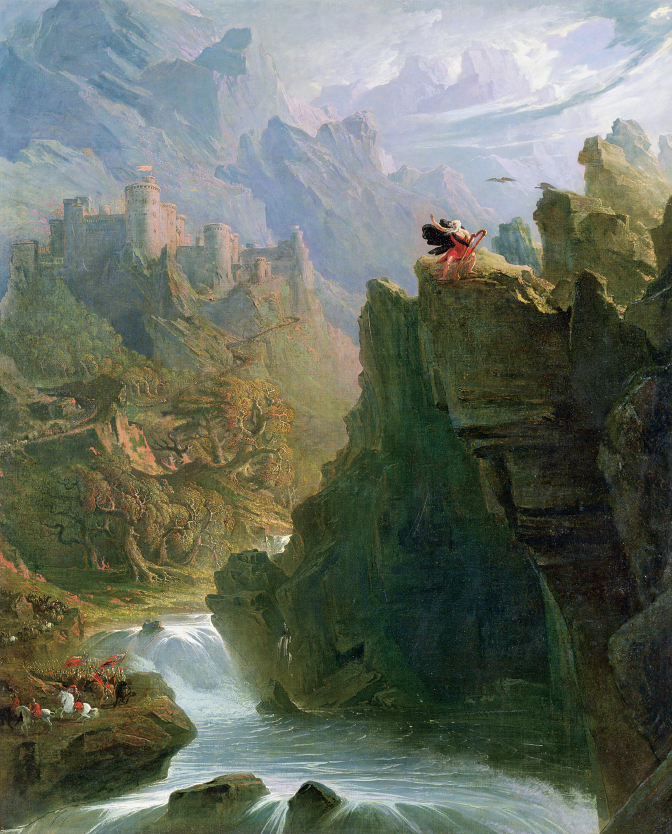Music and the Other Arts
Shakespearean, individualist in outlook, emotive, contemptuous of handed-
No one went further in this respect than the English landscape painter J. M. W. Turner. In one of his most famous pictures, The “Fighting Téméraire,” the grandeur of nature and the horrors of industrialization merge in dizzy, almost abstract swirls of color. If Rousseau had admired nature for its simplicity, now Turner aimed at its “sublime” quality: the majesty and mystery of nature, its boundlessness, even its menace. The great Romantic artists stared unblinkingly at the infinite and tried to set it down in their art.


“Music is a strange thing. I would almost say it is a miracle. For it stands halfway between thought and phenomenon, between spirit and matter.”
Poet Heinrich Heine
And it was exactly the boundless quality of music that gave it its special prestige and status. Music, people felt, could express inner experience more deeply than the other arts because the musician’s imagination is not tied down to the meaning of words (like the poet’s) or to the representation of things (like the painter’s). This led philosophers of the time to incorporate music at the heart of their views. Here, too, Rousseau had pointed the way; he was followed by Arthur Schopenhauer (who influenced Wagner) and Friedrich Nietzsche (whom Wagner influenced) in Germany.
“All art aspires to the condition of music,” wrote a famous Victorian critic, Walter Pater. All Romantic art tried to capture music’s depth and freedom of emotional expression and its continuous, “infinite” quality.